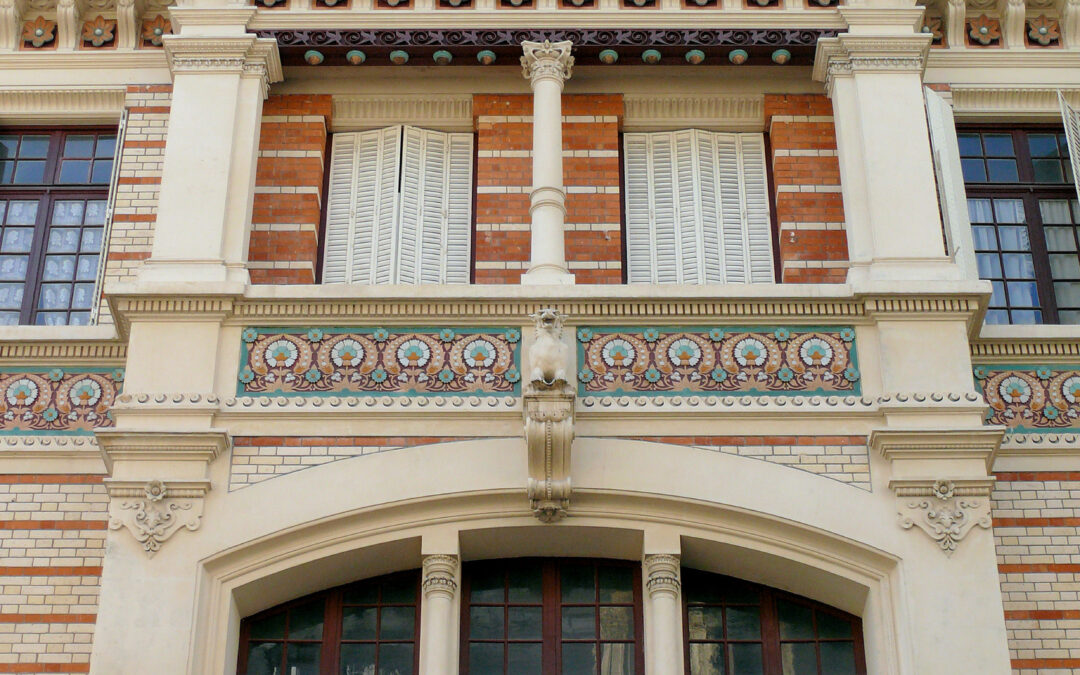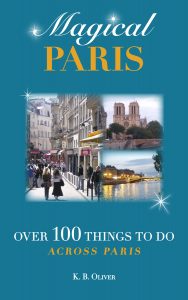9 Hidden Gems in Paris
This is Oliver’s France’s 200th post!
If you’re willing to get away from the tourist crowds and discover hidden gems in Paris, you’re in for a treat. Here are 9 hidden gems you’ll enjoy discovering. They are scattered throughout the city.
The best way to find these is to pick up a little map book by district at a kiosk that sells magazines. They cost (last I checked) under 10€ and are well worth it for giving you freedom to explore. You’ll see metro stops, street names within a particular district and directions to popular places and monuments. And since all of Paris operates by the numbered district (or arrondissement) system, it’ll help you find everything you need…just like a local!
The district numbers of these hidden gems are in parentheses.
Montsouris Park (14th) This is a large public park on the southern edge of the city, designed by Jean-Charles Adolphe Alphand. He transformed an area covered by windmills and quarries into a slice of paradise in the big city. The park is cut in half by the Boulevard Jourdan, so it is bigger than it looks at first glance. There is a lovely, manmade lake and walking paths all over the hillsides, outdoor sculptures, an observatory, and even a restaurant and theater. It’s perfect for lounging or picnics.
Rue François Miron(4th) On this street there are two houses, numbers 11 and 13, reputed to be the oldest homes in Paris. Go to Rue Francois Miron, near Le Marais (Metro line 1, Hotel de Ville can get you there) and see two homes dating from the 14th century. These half-timbered homes are straight from the Middle Ages, so they’re easy to recognize next to more modern structures. Be sure to look for the date labels near the doors.
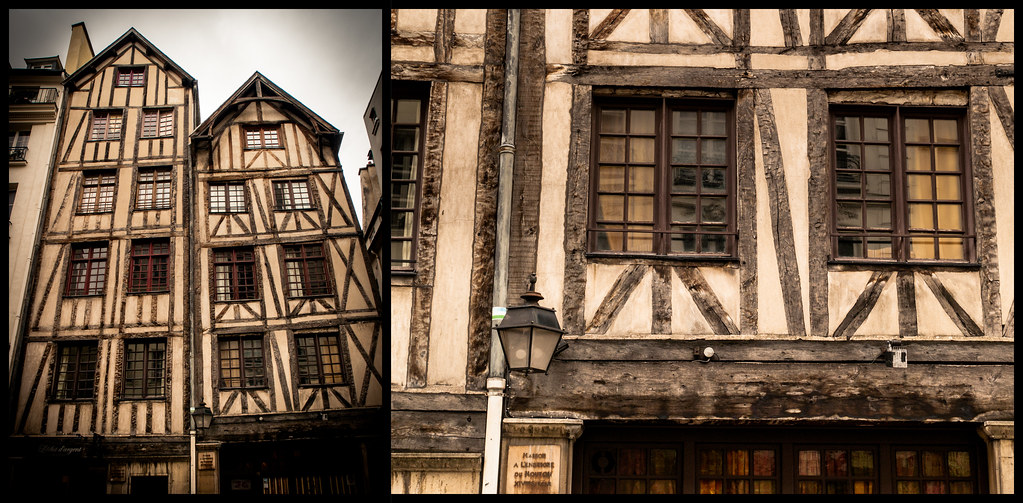
La Campagne à Paris (20th) This is a special neighborhood that seems charmingly out of place in the middle of the big city. A little countryside in Paris, as its name indicates, you’ll see narrow, calm streets and lovely homes. Go to Porte de Bagnolet stop on Metro line 3 and head for Rue Irénée Blanc. Take the stairs at Jules Siegfried where you might want a few photos. Other streets worth strolling, Père Prosper Enfantin and Rue Mondonville.
Rue Fortuny (17th) This street in the northwest corner of Paris is nestled in a bourgeois neighborhood. By the architecture, you can imagine the upper-class residents of the street. In fact, former president Nicolas Sarkozy once lived here. The closest metro is Malesherbes, which is on the line 3. The banner image is of this street.
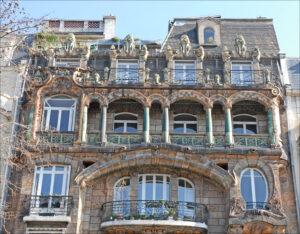
# 29 Avenue Rapp (7th) This is a beautiful building in the Art Nouveau style popular for a short time at the turn of the last century. It isn’t far from the Eiffel Tower, so if you’re in that area, you can have a look.
Statues at Bercy Park (12th) Now for something quirky and fun, go to Bercy Park and head up the stairway (the one with a fountain streaming down.) At the top, you’ll see an elevated part of the park and several interesting sculptures. While you’re there, you should enjoy Bercy Park and Bercy Village. Or you can cross the Seine by way of the pedestrian bridge to the 13th district.
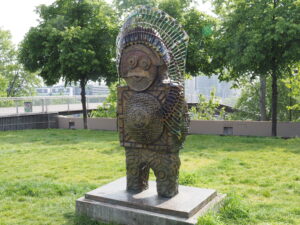
Rue Cassini (14th) On this short road, you’ll find three houses in Art Deco style, numbers 3, 5, and 7. In the 19th century, the French writer Honore de Balzac lived in number 1. At number 12, a beautiful example of Art Deco, you’ll see a plaque in honor of Jean Moulin, head of the French Resistance during World War II. He lived in this building for two months before his capture by the Nazis. While you’re in this 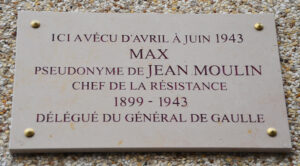 area you may want to visit the nearby Fondation Cartier, a museum of modern art.
area you may want to visit the nearby Fondation Cartier, a museum of modern art.
Paris Crêpe District (14th) And while you’re in the fourteenth district, know that you’re in the crêpe district too! On the map, you’ll see two streets, Rue Montparnasse (not Boulevard) and Rue d’Odessa. Take the metro line 6 to Edgar Quinet, which is by far the easiest way to find these two streets. They form a V (see the map.) Stroll one or the other and have a memorably delicious crêpe.
.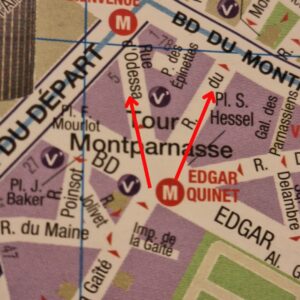
La Promenade Plantée (12th) Also known as the Coulée Verte. Once a train track, this 2-mile-long wooded walking/jogging path runs along an old viaduct and Avenue Daumesnil. It starts at Place de la Bastille behind the Rue de Lyon sortie of the Métro Bastille and goes eastward all the way to and beyond the péripherique to the town of St. Mandé.
You’ll find many more unusual and interesting things to do in Magical Paris: Over 100 Things to Do Across Paris. (Available in paperback at the Oliver’s France Store or Amazon, and in eBook elsewhere.)
Related Posts
10 Non-Touristy Things to Do in Paris

